The Battle of Britain was the successful defence of Great Britain against a series of destructive air raids by the Luftwaffe from 10 July through September 1940. The outcome of the Battle was a decisive victory for the British, the first time the Germans had faced defeat in World War II.
80 years ago today, the German Luftwaffe launched a campaign to destroy the Royal Air Force, named Eagle Day or Adlertag. To mark the anniversary, on the blog today, we are sharing a selection of images taken from the groundbreaking new book To Defeat the Few: The Luftwaffe’s campaign to destroy RAF Fighter Command, August–September 1940 by Douglas C. Dildy and Paul F. Crickmore. Written at the operational level of warfare, this account tells the story of the Battle of Britain from the German perspective and the Luftwaffe’s attempt to destroy RAF Fighter Command and thereby enable the Wehrmacht’s planned cross-Channel invasion of Britain. This book is packed with over 300 images and accompanied by maps and diagrams.
Stage 1: 12–16 August 1940
During the late afternoon of 14 August, three small formations of He 111s from III./KG 27 penetrated 10 Group’s fighter screen undetected and attacked fighter maintenance units at Colerne in North Wiltshire and Sealand in Cheshire, where they inflicted minor damage. This image, showing AA fire in the area between Bristol and Cardiff, was taken by Oblt Walter Schalles during the raid. (AHB donated by Ken Wakefield)
A KG 26 crew relax by their aircraft. Primarily a maritime strike unit, KG 26 was a component of Luftflotte 5, based at Stavanger, Norway. It was called into battle on 15 August, when the Luftwaffe completed its largest number of sorties of the entire campaign. Tasked to strike Bomber Command airfields in the north of England, the unit lost two of its number to AA and six to RAF fighters. (AHB donated by J. F. Rowling)
Stage 2:- 17–19 August 1940
Dornier Do 17Zs perfecting the art of low-level flying, which reduced the range at which they could be detected by radar, decreasing the defenders’ chances of an early, successful intercept. (AHB donated by Ken Wakefield)
The last significant Stuka raids against British targets took place on 16 and 18 August. Commander-in-chief of the Luftwaffe Hermann Göring subsequently withdrew the type to bases in the Pas-de-Calais, saving it for close air support sorties during Operation Sealion. (AHB)
Stage 3: 24 August – 6 September 1940
A four-day lull in fighting came to an end on 24 August when the Luftwaffe began Adlerangriff Stage 3. The Defiant’s decimation continued when 264 Sqn was deployed forward to Manston. The folly of the decision became obvious at 1315hrs, when four were shot down and two more badly damaged in a collision while scrambling. (Author Collection, colourized by Richard Molloy)
On 3 September, 54 Do 17s from KG 2, escorted by 80 Bf 110s from ZG 2 and ZG 26 (seen here), were sent to attack North Weald. Despite being heavily engaged by Hurricanes from six squadrons and Spitfires from 19 and 603 Squadrons, the Zerstörers protected their charges well and only one Dornier fell. Five RAF fighters were shot down for the loss of seven Bf 110s. Eight cannon-armed Spitfires from 19 Squadron downed two of the escorts, before six were forced to withdraw due to gun stoppages. Despite more than 200 bombs falling on the airfield, it remained open. (AHB donated by Ken Wakefield)
Stage 4: 7–17 September 1940
The main attack on the capital on 7 September involved KG 53’s Heinkels and KG 2’s Dorniers. Here a Kette of Do 17Zs from KG 2 is raiding Beckton Gas Works. (The National Archives)
The final daylight raid of 15 September came at 1530hrs, and was not the coup de grâce that Park and Churchill had feared. The fighter controllers of 10 Group assessed the raid approaching the Dorset coast at just ‘6+’. As a result, the 27 He 111s of III./KG 55 bombed Portland unmolested. They were intercepted by six Spitfires from ‘B’ Flight, 152 Squadron as they egressed. The RAF pilots destroyed one bomber and damaged a second. The attack inflicted only minor damage. (AHB donated by Ken Wakefield)
To Defeat the Few is out now. Get your copy from the website here.

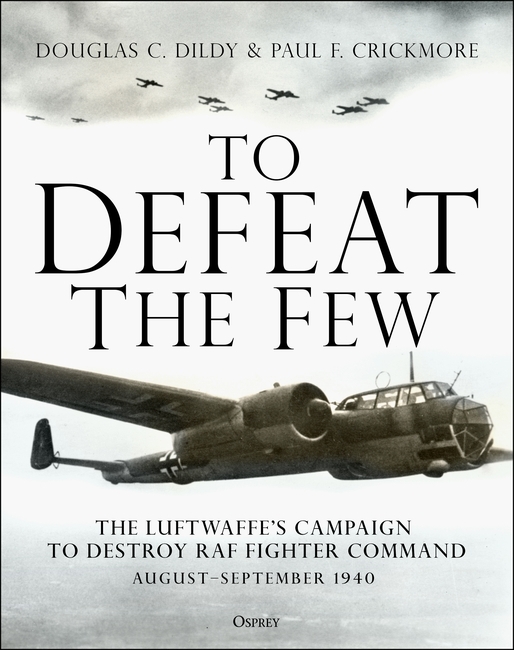
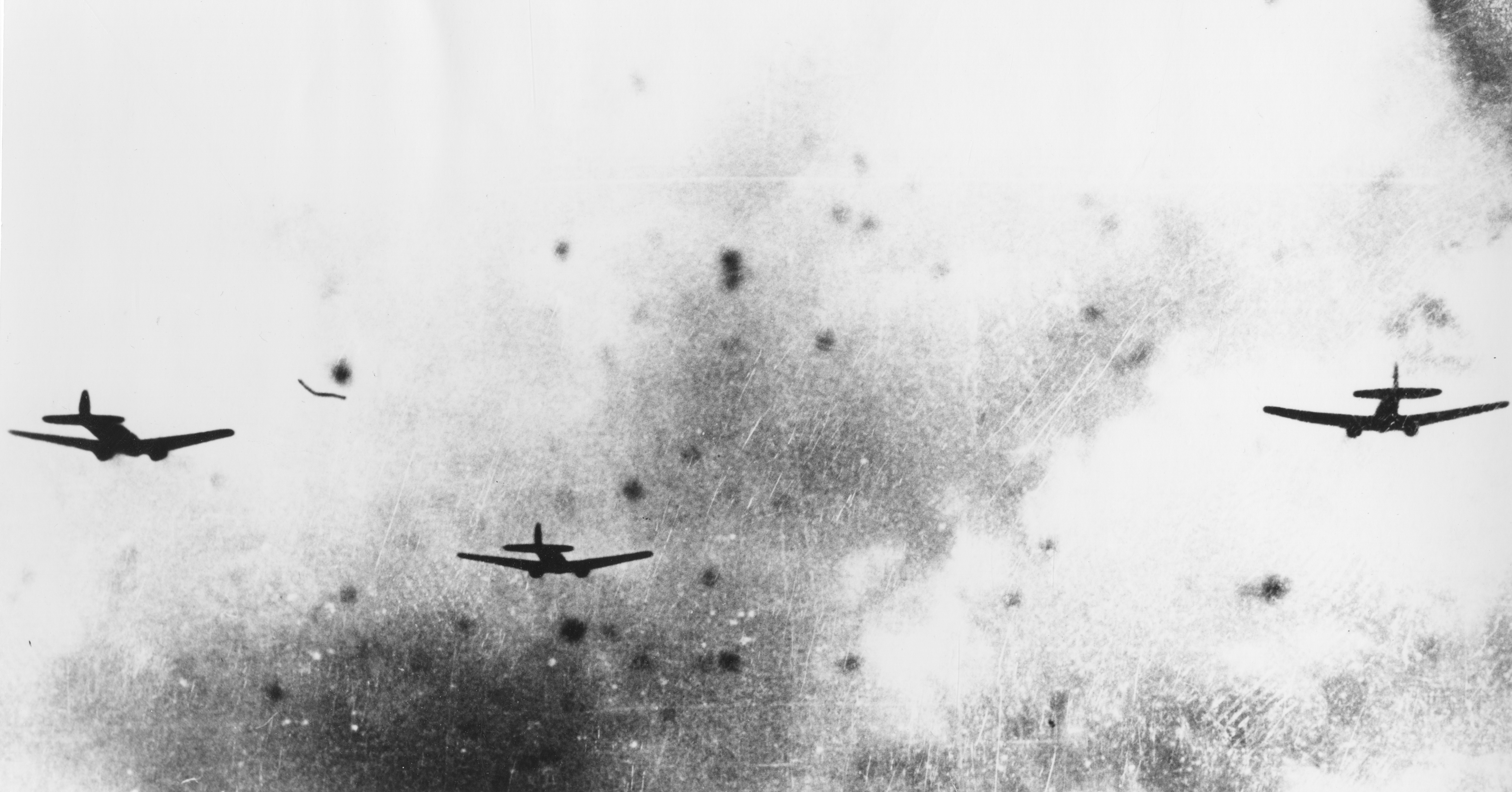
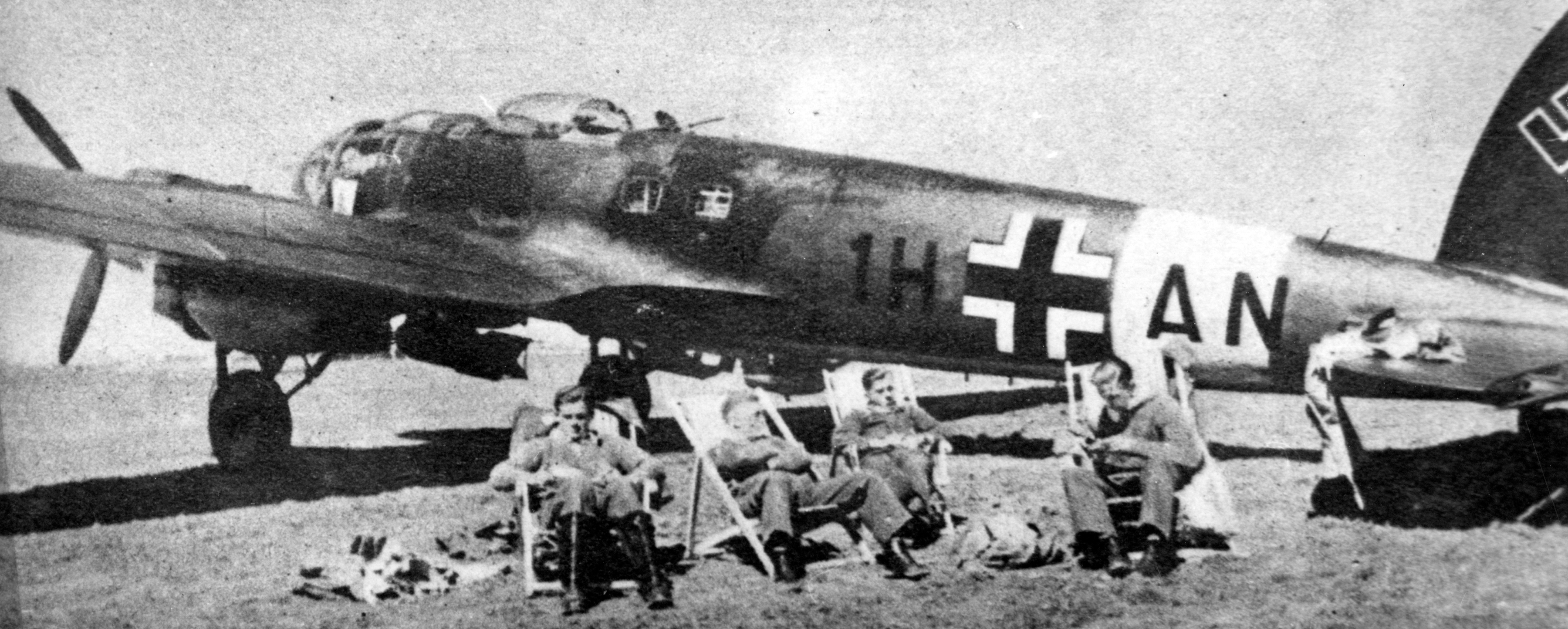
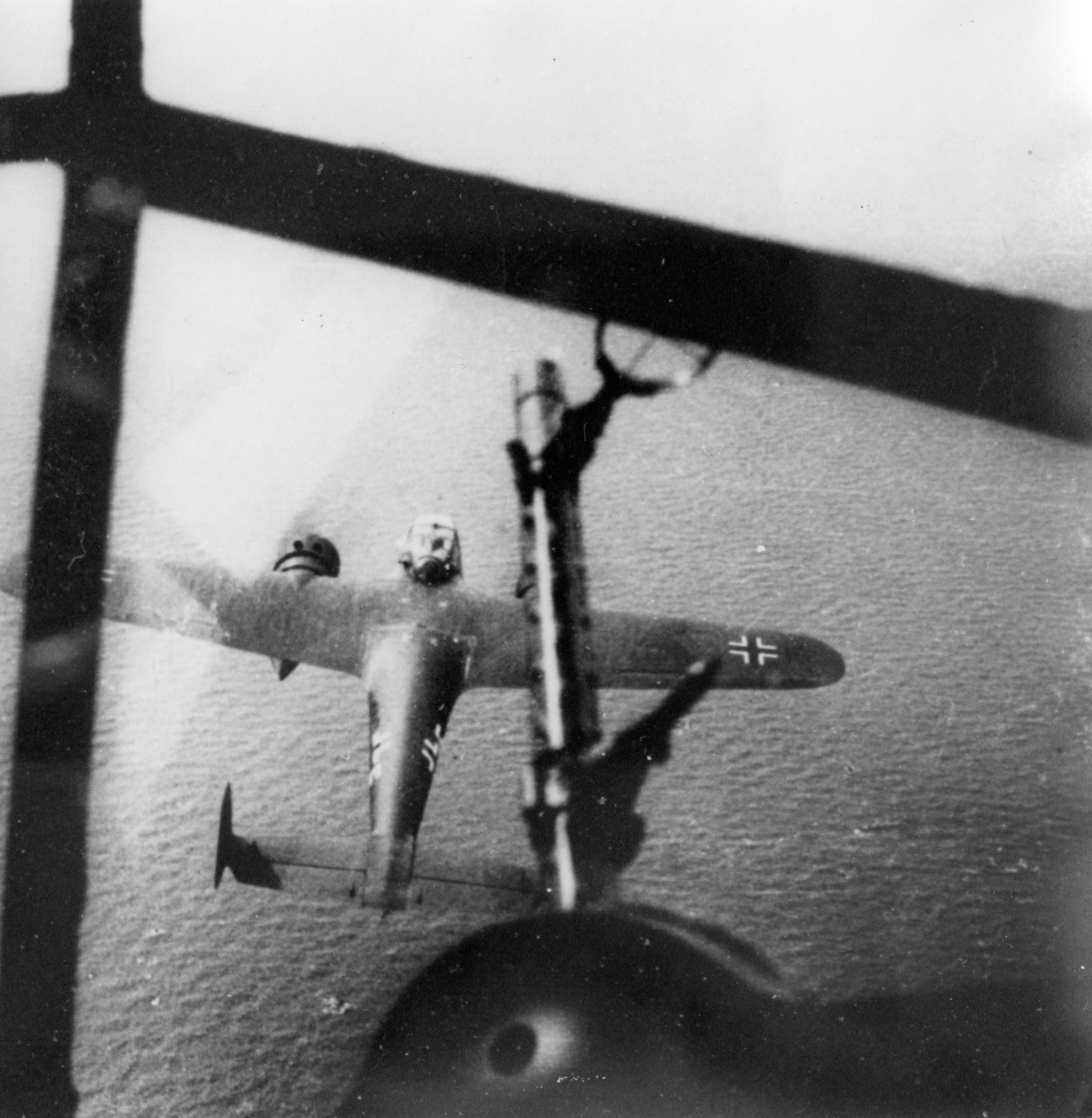
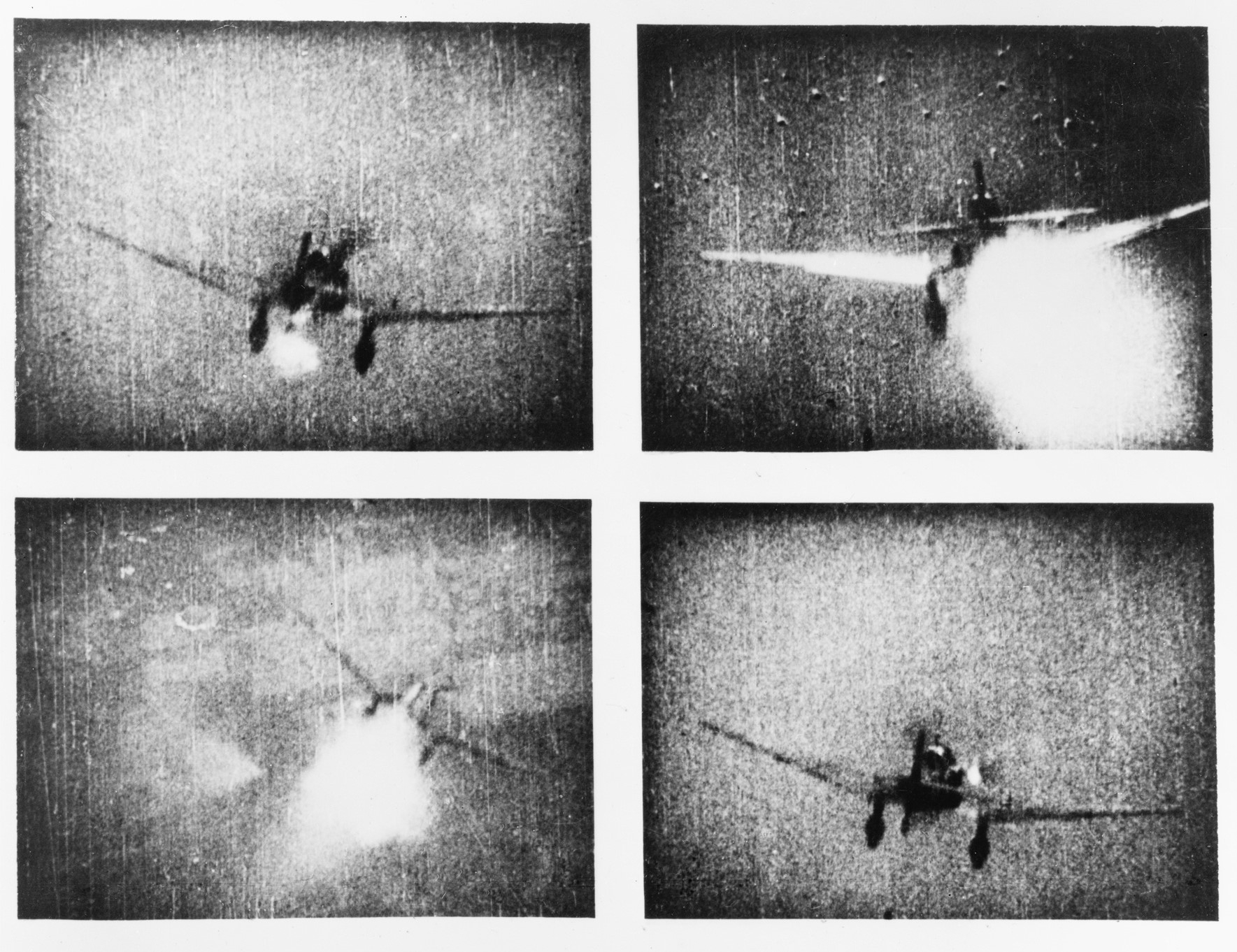
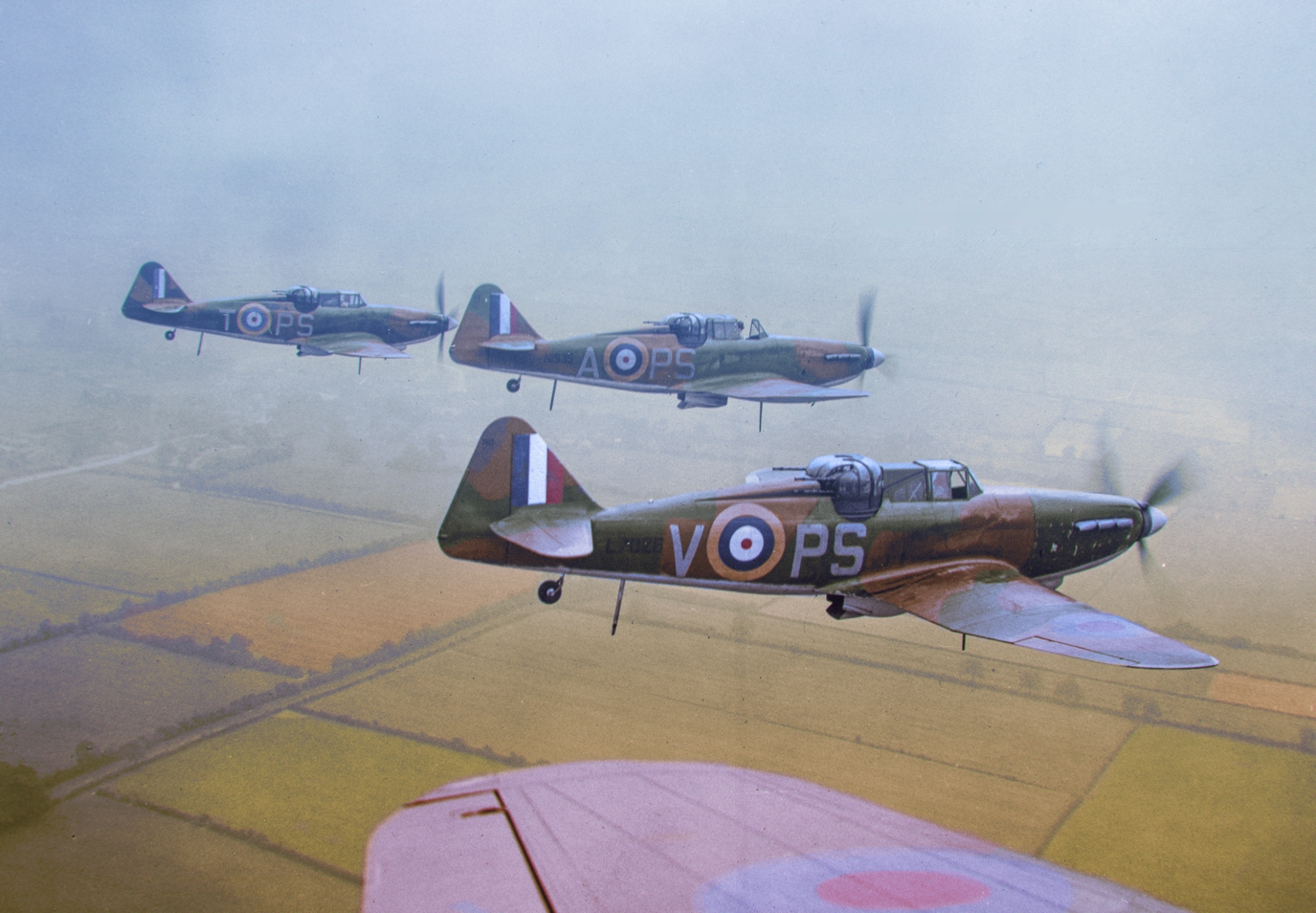
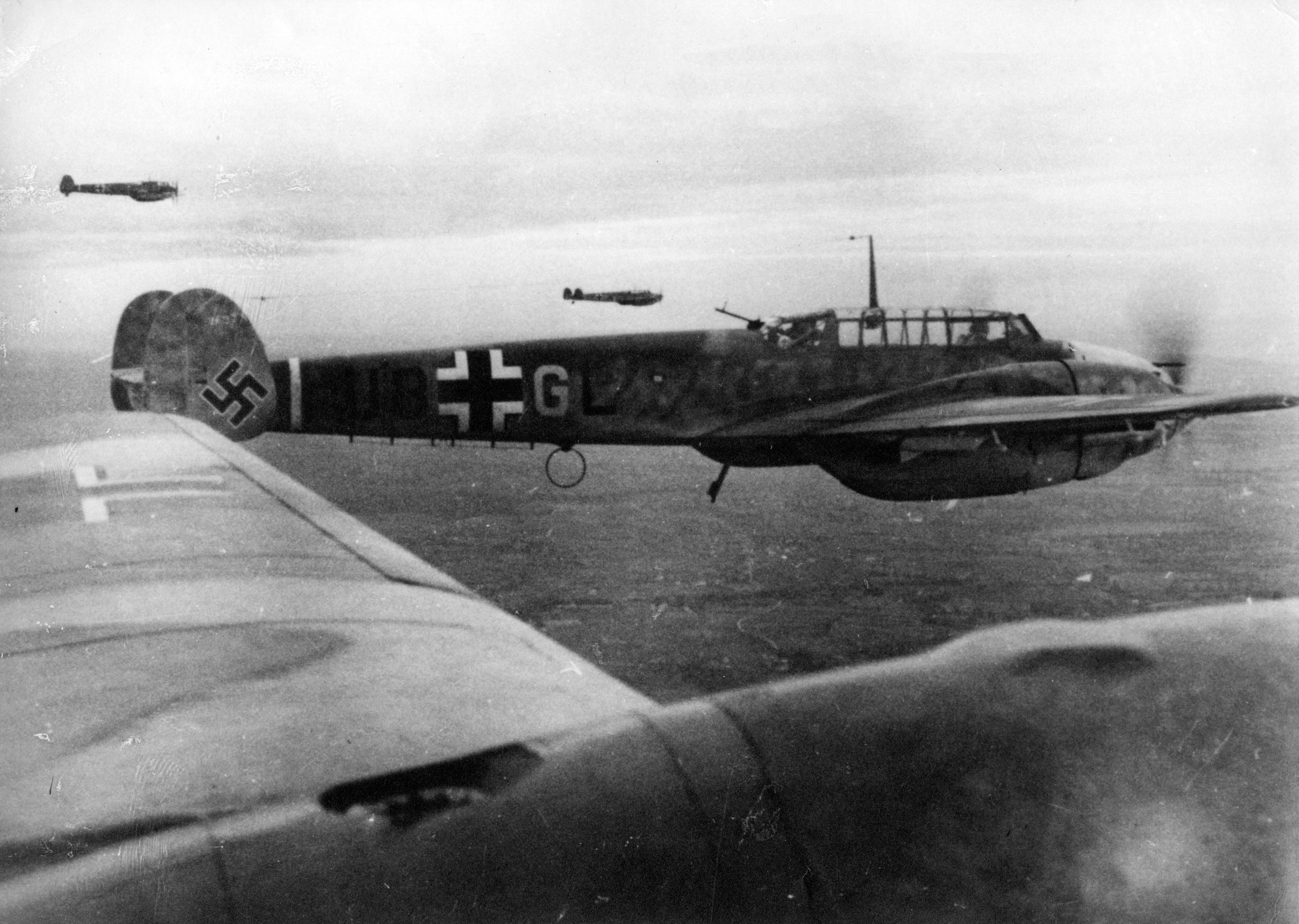
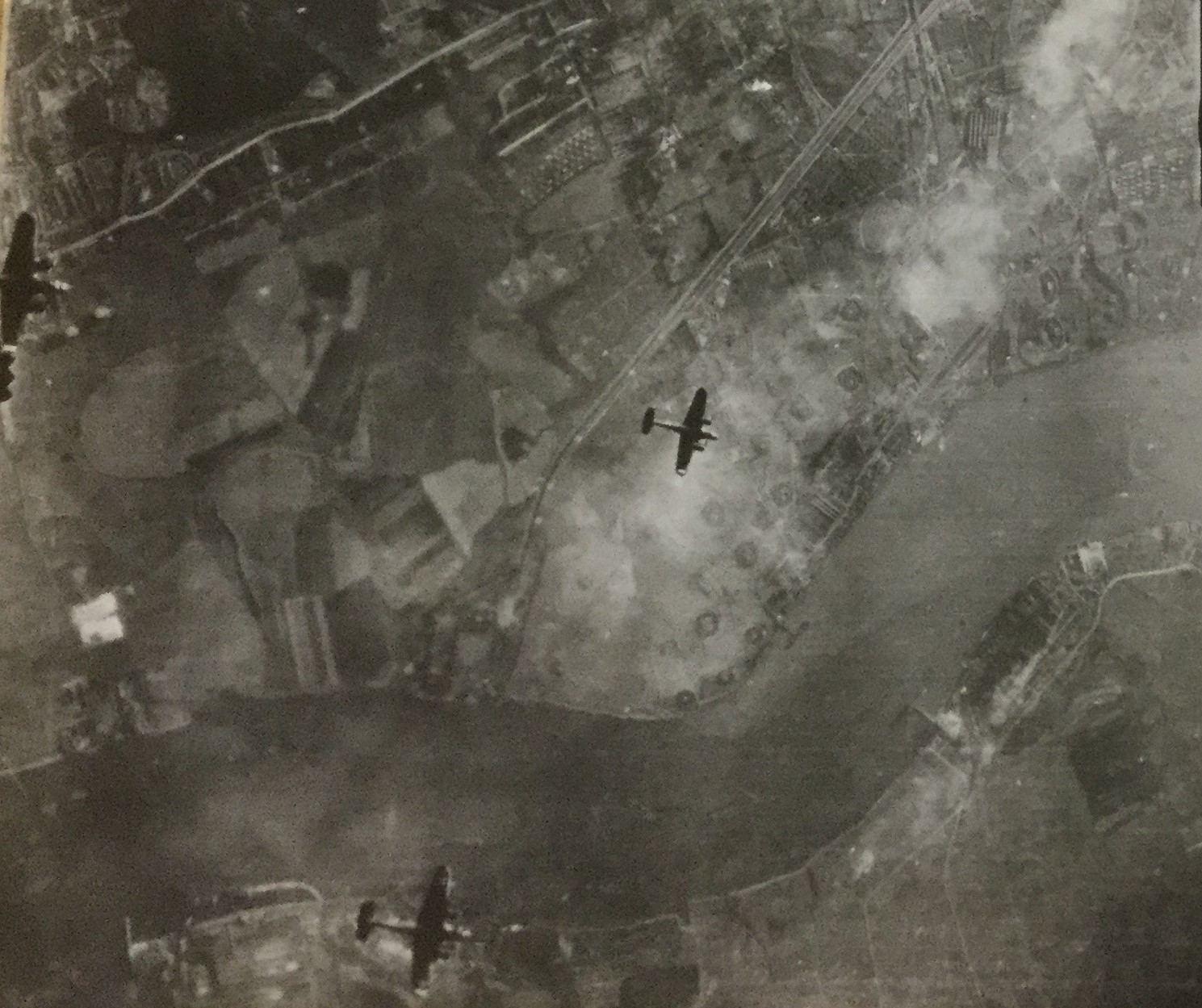
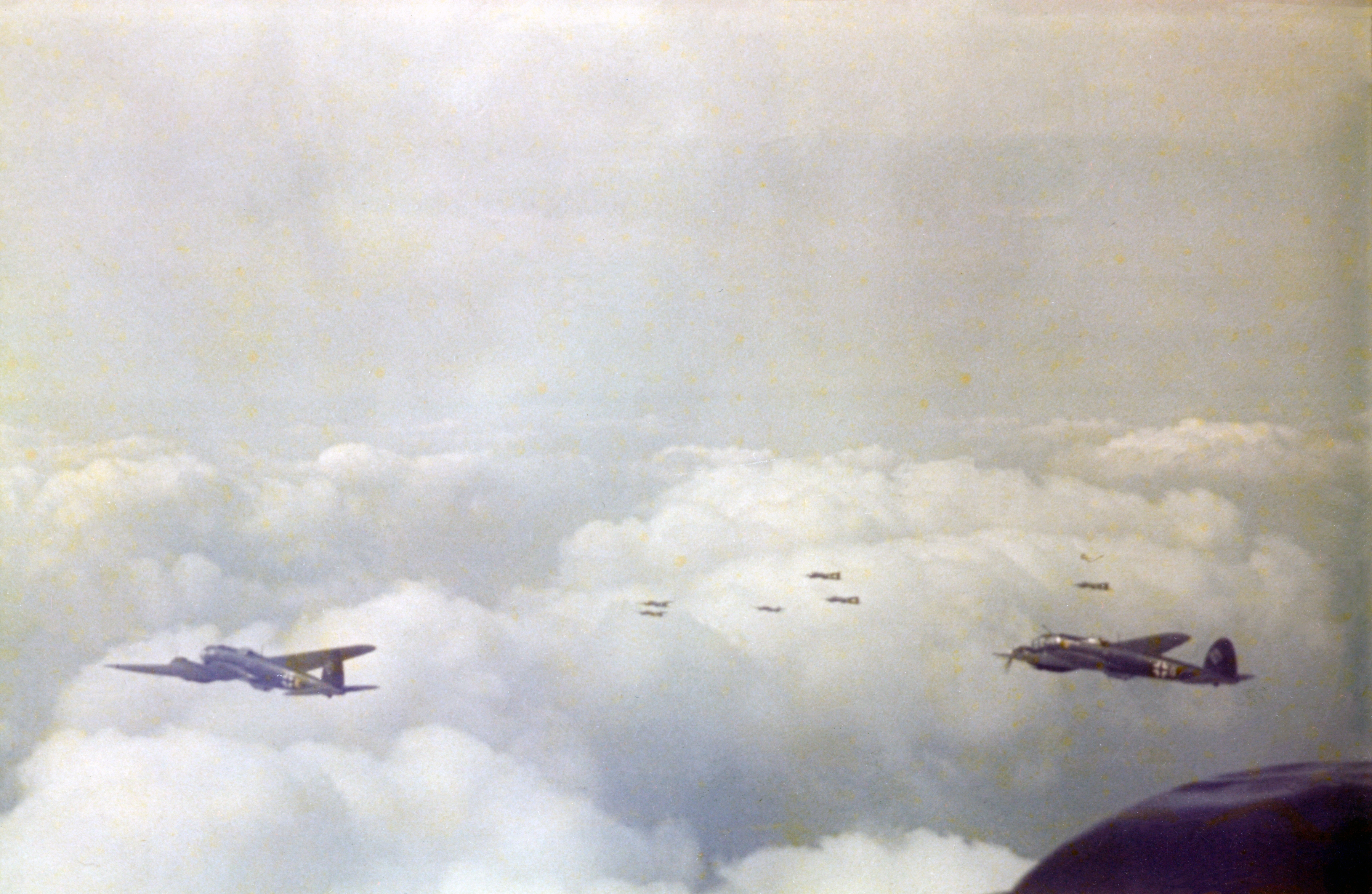
Comments
You must be logged in to comment on this post. Click here to log in.
Submit your comment